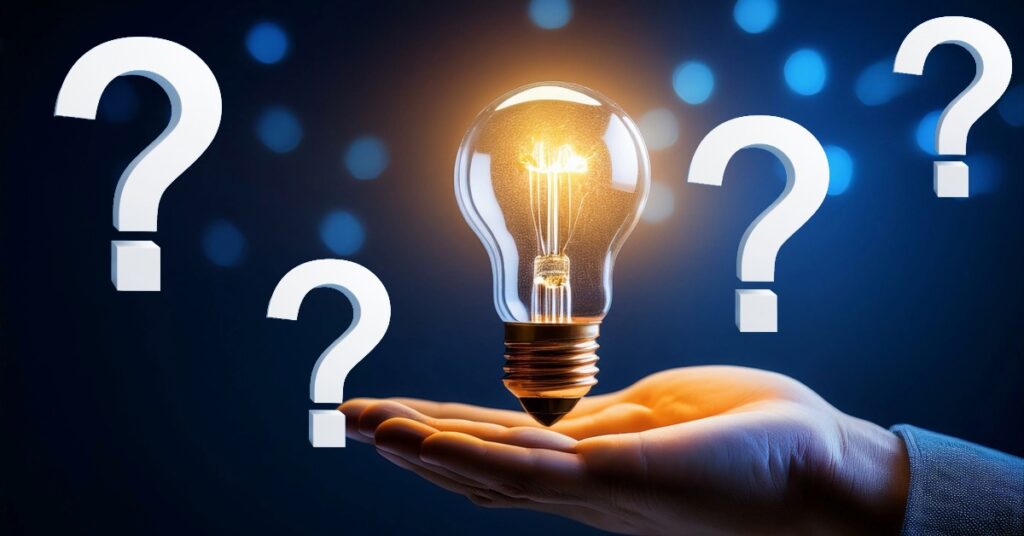Unanswered Questions in The Electric Utility Industry
by Branko Terzic

There will be some readers of this list of questions who will say that they know the answers to these questions. There will be other readers who will take the position that “everybody knows the answers to these questions” and I am foolish for implying otherwise. There may be some readers who will say “I used to know the answer to some of these questions, but I am unsure now.” Finally, there will be some readers who would say “Haven’t really thought about it, but it’s an interesting list of questions.”
As for me, I think I know a few of the answers, and for other questions I am unsure, mostly due to having seen or read about conflicting studies and reports. Some readers may remark that the issue is not whether the questions are “unanswered” but that some questions still do not have a consensus opinion or an unimpeachable empirical basis. Here you go:
Are consumers better off with municipally-owned or investor-owned public utilities?
Do competitive wholesale power markets provide lower cost electricity production than do power plants in regulated utility rate base?
Would solar and wind power plants be built without subsidies?
Are there adequate battery technologies available now for large scale energy and power storage with extended duration applications in major outages?
Do all energy commentators and pundits really know the difference between power and energy?
Do solar and wind power plants produce power at lower cost than natural gas or coal power plants?
Do states which have higher percentages of renewable energy also have higher electricity prices?
If states with higher percentages of renewable energy have higher electricity prices, is it because of other costs?
Do electricity consumers want time-of-use or real time electricity pricing?
Where an option exists, is a yearly flat energy rate (cents/kWh) the pricing system the most frequently selected billing mechanism by consumers in competitive markets?
How do electricity customers who choose “budget billing” get “price signals”?
Is the rapid growth in sales of residential and commercial standby generators a sign of declining service quality from the nation’s electric utilities?
Are the costs of residential standby electric generators included in reports of what electricity costs ($/kWh) are in various parts of the country?
Is it less expensive to have additional electric reserve capacity than to incur outages or frequent brownouts?
Do US investor-owned electric utilities need to be larger to be more efficient?
Do US investor-owned electric utilities need to be larger to be more profitable?
If technologies are rapidly advancing, is a four-year interval between depreciation studies too long?
Is there a better way of estimating the required return on equity than the DCF model?
Thanks for reading this far. I’m open to more questions and certainly to enlightened answers.
The Honorable Branko Terzic is a former Commissioner on the U.S. Federal Energy Regulatory Commission and State of Wisconsin Public Service Commission, in addition he served as Chairman of the United Nations Economic Commission for Europe ( UNECE) Ad Hoc Group of Experts on Cleaner Electricity. He holds a BS Engineering and honorary Doctor of Sciences in Engineering (h.c.) both from the University of Wisconsin- Milwaukee.
#BrankoTerzic #energy #regulations #experience #research #future #opportunity #strategy #management #people #electricity #power #utilities #renewables #RenewableEnergy #energysector #powergeneration #energyindustry #powergrid #power #electrical #gas #oil #cost #transportation #US
